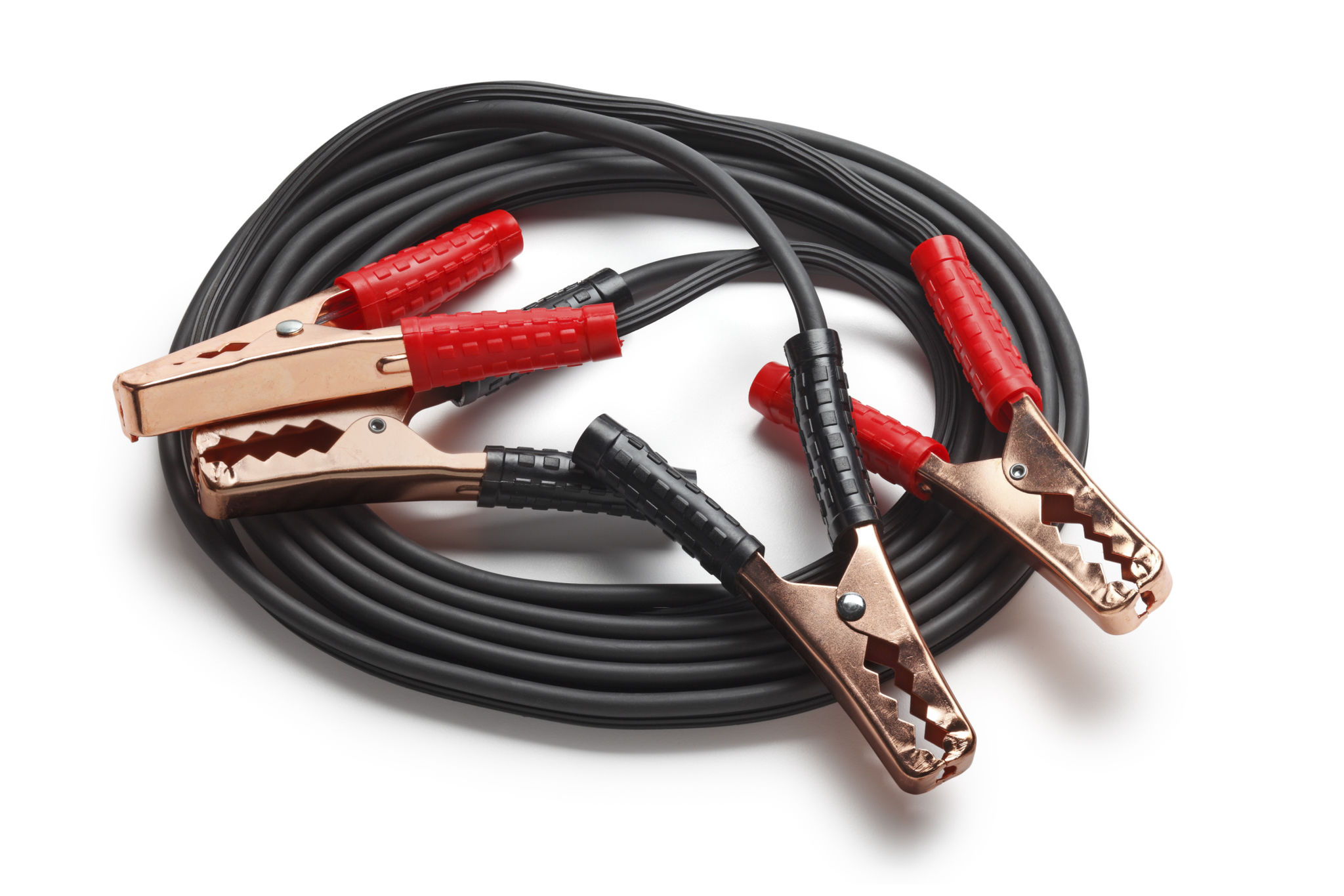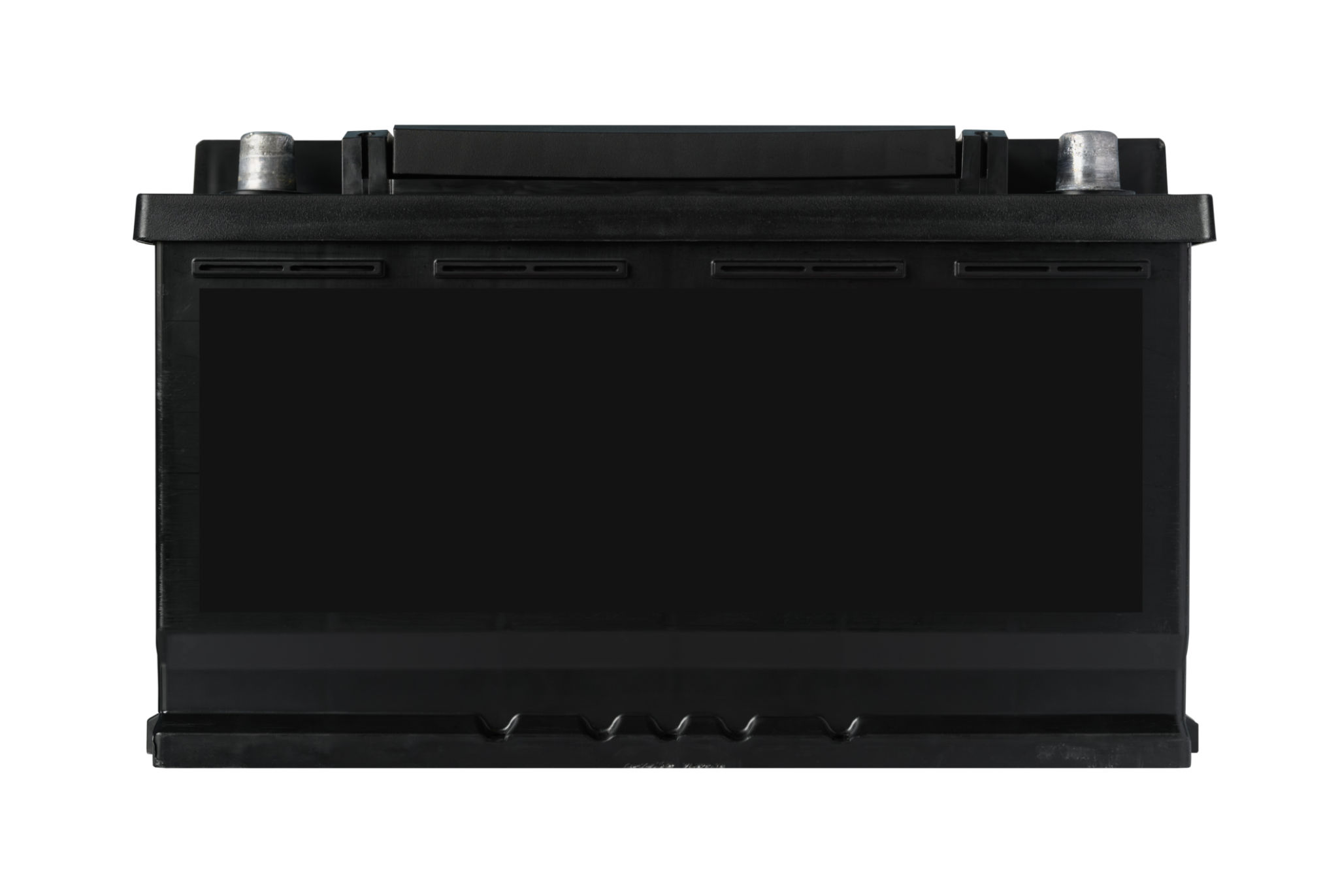DIY Guide: Top Tips for Safely Jump Starting Your Car Battery
Understanding When to Jump Start Your Car
Every driver dreads the dreaded sound of a car engine that won't start. Often, the culprit is a dead battery. Knowing when and how to jump start your car can get you back on the road quickly. However, it's crucial to understand that jump starting a car isn't always the solution. If your vehicle frequently struggles to start, it might be time to replace the battery or consult a professional.

Safety First: Preparing to Jump Start
Before attempting to jump start your car, prioritize safety. Ensure you're in a safe location, away from traffic, and have enough space to work around your vehicle. It's also important to check that both your car and the donor car are turned off before connecting any cables. Always wear gloves and safety goggles to protect yourself from potential sparks or battery acid.
Gathering the Necessary Tools
To jump start your car, you'll need a set of jumper cables and a second vehicle with a working battery. If you don't have access to another car, consider using a portable jump starter. These handy devices can be lifesavers, especially if you're stranded in an isolated area.

The Step-by-Step Process
Once you're ready, follow these steps to safely jump start your car:
- Position the vehicles: Park the donor car close enough for the jumper cables to reach both batteries, but ensure they don't touch each other.
- Connect the cables: Attach one red clamp to the positive terminal of the dead battery and the other red clamp to the positive terminal of the donor battery.
- Connect the black clamps: Attach one black clamp to the negative terminal of the donor battery. Connect the other black clamp to an unpainted metal surface on your car's engine block, away from the battery.
- Start the donor car: Turn on the donor vehicle and let it run for a few minutes.
- Start your car: Attempt to start your vehicle. If it doesn't start immediately, wait another minute or two before trying again.

After a Successful Jump Start
Once your car is running, it's important to let it run for at least 20 minutes or drive around for a bit to recharge the battery. This will help ensure you don't find yourself in the same situation shortly after. If your battery continues to fail, it might be time for a replacement.
Common Mistakes to Avoid
Avoiding common mistakes can save you time and prevent damage:
- Incorrect cable connections: Double-check connections before starting either vehicle to prevent electrical shorts.
- Leaving cables on too long: Disconnect jumper cables as soon as the car starts to avoid overcharging.
- Jumping a frozen battery: If your battery is frozen, do not attempt to jump start it as it could explode.
Maintaining Your Car Battery
To minimize the need for future jump starts, regularly check your car battery and its connections. Clean any corrosion from terminals and ensure cables are tight. Additionally, consider investing in a battery charger if you frequently face battery issues due to weather conditions or infrequent use of your vehicle.

By following these tips and guidelines, you can ensure a safe and effective jump start whenever you find yourself in need. Remember, while jump starting can be a quick fix, ongoing issues should be addressed promptly by a professional mechanic.